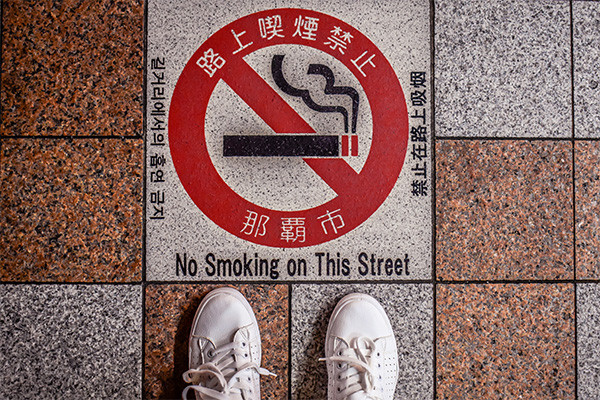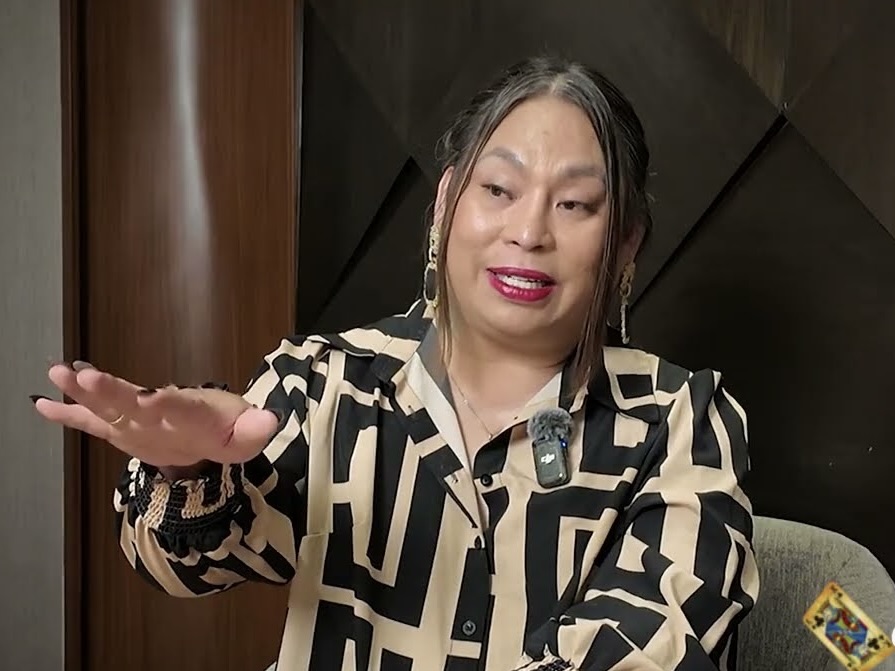Copyright Los Angeles Times

A deeply entrenched partisan divide has shut down the federal government of the United States, for what is now the longest duration in our history. The Republican leadership has claimed repeatedly that it was easy for the Congress — in their view, the Democrats — to avoid this, and also is easy to end it. John Thune, Senate majority leader, said on the Senate floor: “Republicans remain united around a clean, nonpartisan funding extension … simple and clean.” But it turns out that this resolution is actually quite dirty. And it’s gotten even dirtier as the shutdown has dragged on. Saturday marked a new milestone in callous disregard for a large portion of the electorate when benefits from the federal Supplemental Nutrition Assistance Program — SNAP, or food stamps — were cut off from millions of people. This came on top of an estimated 700,000 federal employees furloughed, the loss of key federal services including economic data collections, and billions of dollars of losses to state and local governments. It is heartbreaking to hear the stories of people who lost their main source of payment for food. This is an unforgivable thing to do to people who already could not get enough food with an average of $187 per person a month, and have been relying on food banks to try to meet their minimum nutritional needs. Many cannot get enough food for their children. There are 16 million children among the 42 million people receiving food aid under SNAP. Of course the United States’ executive branch did not have to cut these people off, and likely did so illegally. This problem was avoidable. It is important to understand the cause of the shutdown itself, because that is the origin story of what we are witnessing. Going forward, the political effect of the shutdown — as well as the substantive outcome — could be dependent on who gets blamed for it. Congressional Democrats were told that they could accept the “clean continuing resolution” and settle the question of what happens to the healthcare of tens of millions of Americans later. But it doesn’t work like that. Most immediately, the 22 million Americans who buy health insurance through the Affordable Care Act’s marketplaces will lose federal subsidies at the end of the year unless Congress acts. Allowing this lapse is estimated to double the annual premiums that they pay, from $888 to $1,904. Republicans passed their Orwellian-named One Big, Beautiful Bill Act in July without providing for these subsidies to continue. They have been sticking to that position. The expiration of the federal subsidies at the end of this year is estimated to cause some 4.2 million people to lose their insurance in the marketplaces, according to the Congressional Budget Office. Many more are set to lose their insurance from the Medicaid cuts in that July legislation: an estimated 10 million by 2034. These cuts to Americans’ healthcare coverage paid for about $1 trillion of the more than $4 trillion in tax cuts over the coming decade. These tax cuts go primarily to people with high incomes, not people who need Affordable Care Act marketplace health insurance or food assistance. Sixty percent goes to taxpayers with annual income of more than $217,000, and a third goes to taxpayers with more than $460,000, in the top 5% of the income distribution. The bottom line is that the Democrats really had no choice but to reject the “clean” continuing resolution, because voting for it would have immediately thrown 22 million people with insurance subsidies under the bus. And the voters know this: In a poll released Wednesday, 83% of Democrats and 61% of independents said that Democrats should not accept the Republicans’ offer but should continue pushing to prevent the price hikes. The truth is that this fight is the same fight that the two parties have had for the past 15 years; it’s a fight over access to healthcare and health insurance, which 48 million Americans did not have in 2010, before the Affordable Care Act. It has been an enormous success, with 44 million people now enrolled through the marketplaces and Medicaid expansion. Marketplace enrollment increased by nearly 10 million people over the last four years, as federal subsidies allowed people who did not have access to private insurance to gain health coverage. And the Republicans have fought against it consistently since the beginning, trying for years to repeal it altogether, with Trump promising to continue the fight in his second term. Now they are trying to get rid of it piece by piece; hence their current “clean resolution” that would double the average insurance premium for 22 million people. And the removal of 10 million people from Medicaid over the next decade, brought to us by the spending bill in July. This is a matter of life and death too: It is estimated that tens of thousands of people would be expected to die annually as a result of this vast loss of health insurance that is baked into the bill. To avert those deaths, we will need more big reversals of these cuts in the future. Now we have another cruel, high-stakes fight from the shutdown, the fight over SNAP benefits, which Republicans have been cutting for years — including this summer. On Thursday, a federal judge ordered the Trump administration to fully fund SNAP benefits for this month, by Friday. Although it is clear that the administration can do this, it is refusing, asking a federal appeals court to block this order. Meanwhile, millions of people who rely on this food assistance are not getting it, some flooding into food banks. It is indefensible.



